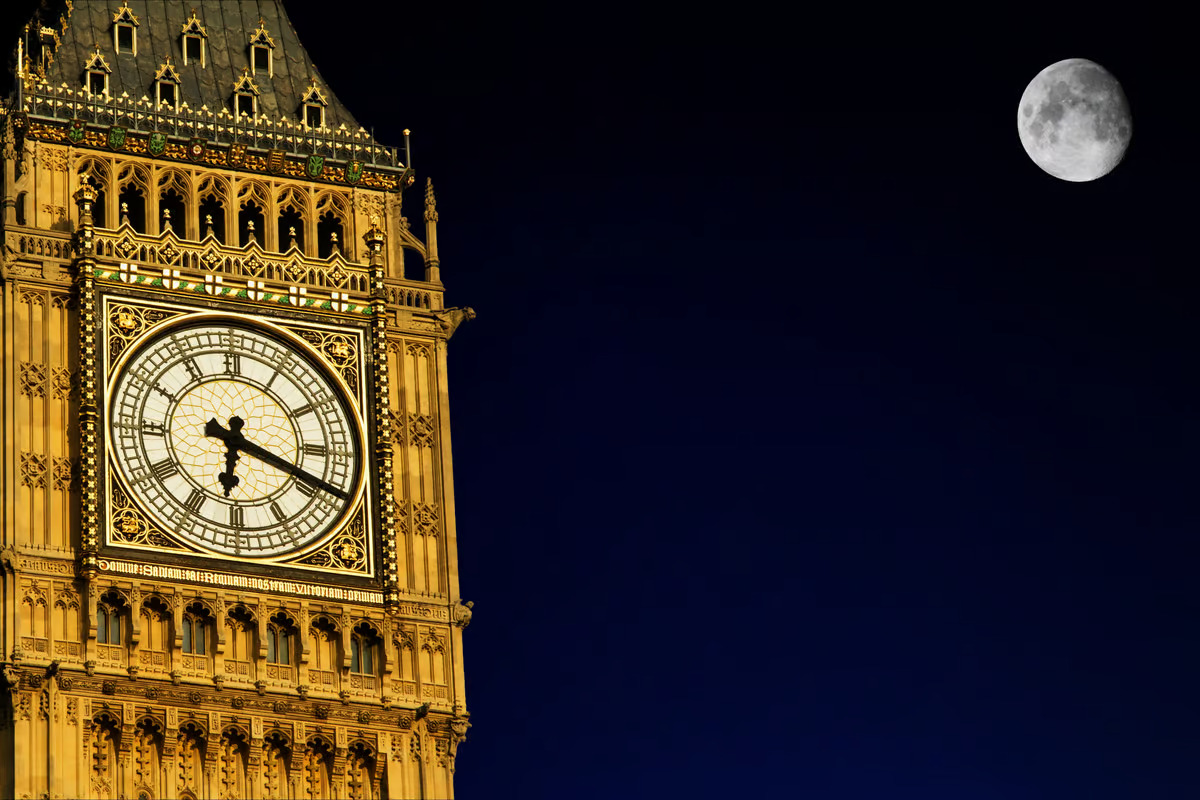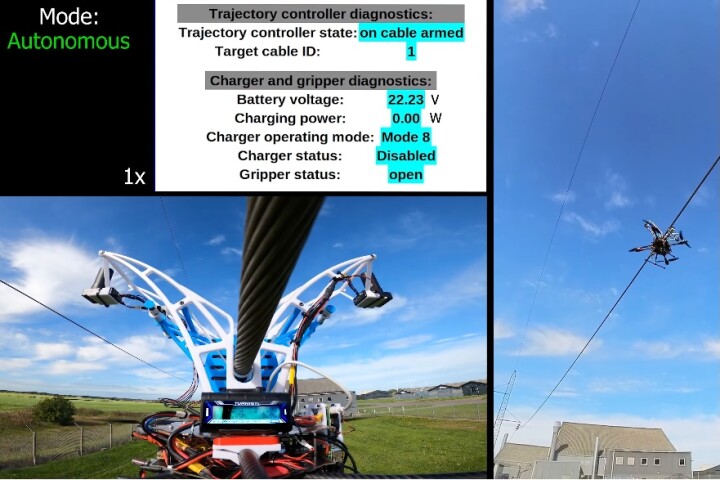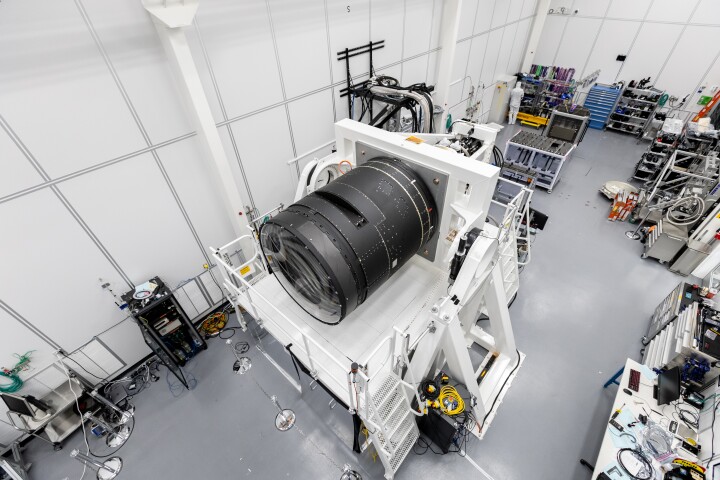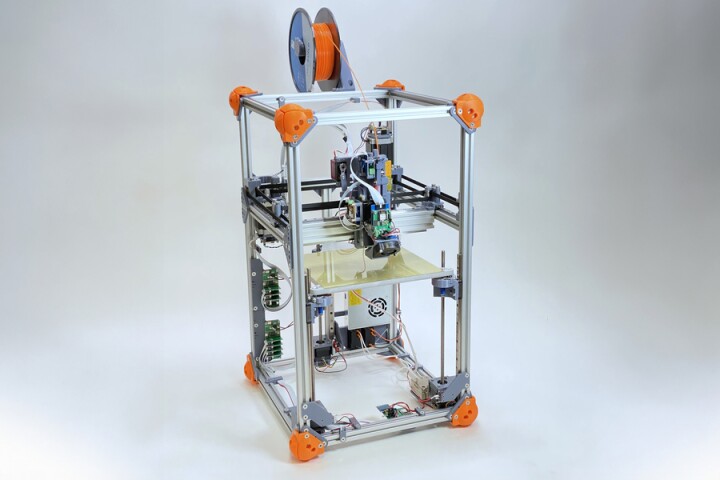 The Moon may soon be going the way of the Earth, with time zones established. Depositphotos –
The Moon may soon be going the way of the Earth, with time zones established. Depositphotos –
2024 Apr 08
Anyone who has traveled over long distances has had to deal with the annoyance of time zones. Going between time zones is certainly a pain – having to adjust watches, making sure not to miss appointments, and dealing with the aggravation of jet lag that can sometimes take days to overcome.
However, there’s a reason for all this. Traditionally, time was set by marking local noon and adjusting the clocks accordingly. That’s fine in an age when clocks aren’t very accurate and being off by a few minutes from town to town doesn’t matter, but when railways came along with trains hitting dizzying speeds of up to 40 mph (64 km/h), things changed. Those few minutes or even seconds could result in some very nasty collisions.
To prevent this, conventions were drawn up in the 19th century establishing time zones with official standards. In the 20th century, this went a step further. For everyday purposes, we think of time as being based on the rotation of the Earth and its revolution about the Sun. Unfortunately, it is not only extremely difficult to reconcile the day to the year, but there are so many forces affecting the Earth’s rotation that the length of the day keeps changing. As a result, the second is now the basic unit of time measurement and it’s based on the unperturbed ground-state hyperfine transition frequency of the cesium 133 atom as measured by a series of atomic clocks around the world.
Best not to think about it.
When missions to the Moon began in the 1960s, the question of standard time never arose. To this day, each nation sending a spacecraft to the Moon would use Mission Control’s local time or GMT. However, with the number of planned missions to the Moon increasing with each year and these missions becoming ever more complex, a Moon standard time is needed.
The reason hasn’t much to do with clocks. It has more to do with the intricacies of electronics and gravity. This is where Albert Einstein comes in.
If you paid attention in physics class, you may recall Einstein’s Theory of Relativity. According to this, if a spacecraft is moving close to the speed of light, it looks to an outside observer as though time has slowed down aboard the ship, even though it seems to be moving normally to the passengers.
What many people don’t know is that this same effect can be caused by a gravitational field. The more powerful a field you are sitting stationary in, the more it slows down time as seen from outside. The effect is generally very small, but it is large enough to be measured and have real world effects. It’s for this reason that the standard for time measurement on Earth is at sea level at a particular location.
This is where Moon standard time comes in. On Earth, the average clock runs 58.7 microseconds per Earth-day slower than its counterpart on the Moon. With lunar missions running independently of one another, that doesn’t matter, but when they are working in concert or when satellites are being used for navigation in lunar space, those 58.7 microseconds could mean the difference between success and failure – or worse if astronauts are involved.
To prevent this, the Americans through their White House Office of Science and Technology Policy (OSTP) want NASA along with the Departments of Commerce, Defense, State, and Transportation to establish Coordinated Lunar Time (LTC), which would be a lunar equivalent to Coordinated Universal Time (UTC), the primary time standard globally used to regulate clocks and time on Earth and made so that these can be linked together.
The task is expected to take a decade with the first milestones laid out by 2026 Dec 31. The ultimate goal is to make this an international standard through existing international forums, including Artemis Accords partner nations. Such a standard would allow spacecraft to safely work with one another, make navigation systems accurate, and eliminate timestamp confusions from instructions transmitted from Earth or the Moon. Without such a system, there is a danger of cascading errors due to conflicting measurements.
“As NASA, private companies, and space agencies around the world launch missions to the Moon, Mars, and beyond, it’s important that we establish celestial time standards for safety and accuracy,” said Steve Welby, OSTP’s Deputy Director for National Security. “Time passes differently in different parts of space – for example, time appears to pass more slowly where gravity is stronger, like near celestial bodies – and as a result the length of a second on Earth is different to an observer under different gravitational conditions, such as on the Moon. A consistent definition of time among operators in space is critical to successful space situational awareness capabilities, navigation, and communications, all of which are foundational to enable interoperability across the US Government and with international partners.”
Source: US Government
–
Editor’s Note: Coordinated Universal Time (UTC) – Because members of the ITU [International Telecommunications Union] could not come to a unanimous agreement on either the English acronym (CUT) or the French acronym (TUC), the acronym UTC became the agreed-upon compromise. Thanks to: http://faculty.cooper.edu/lent/random/utc.html
–
Tags
























